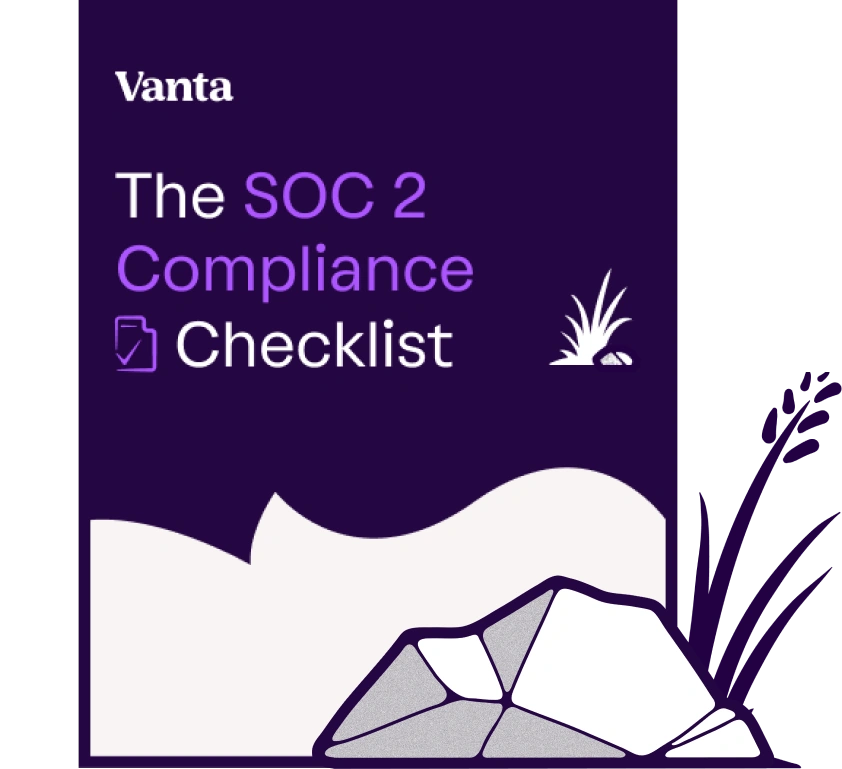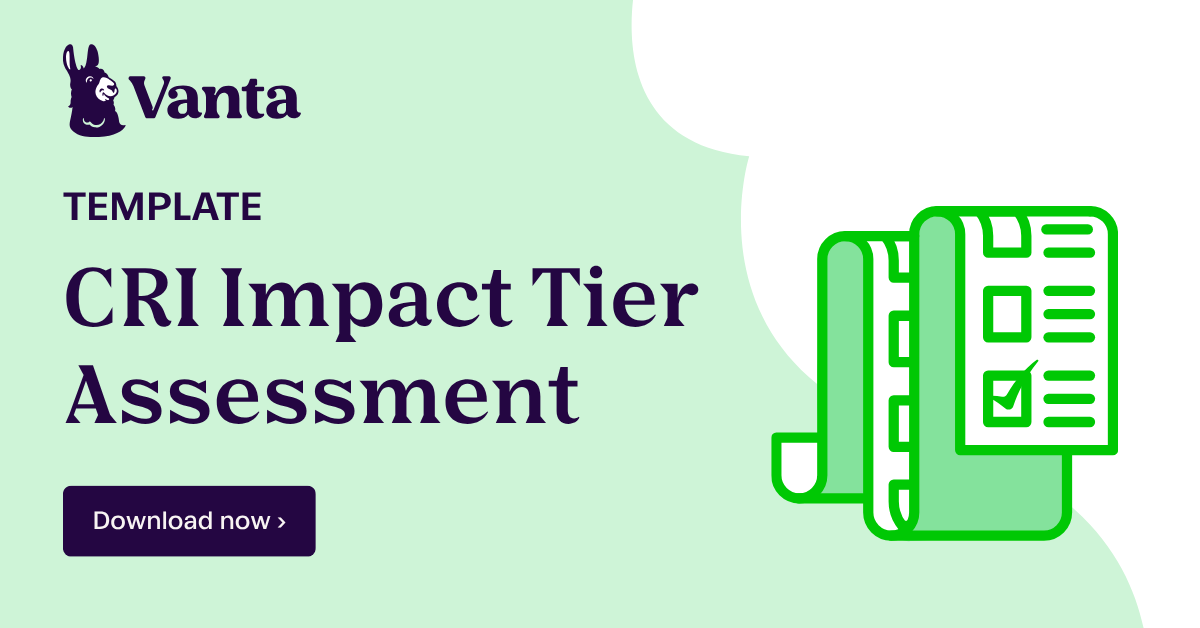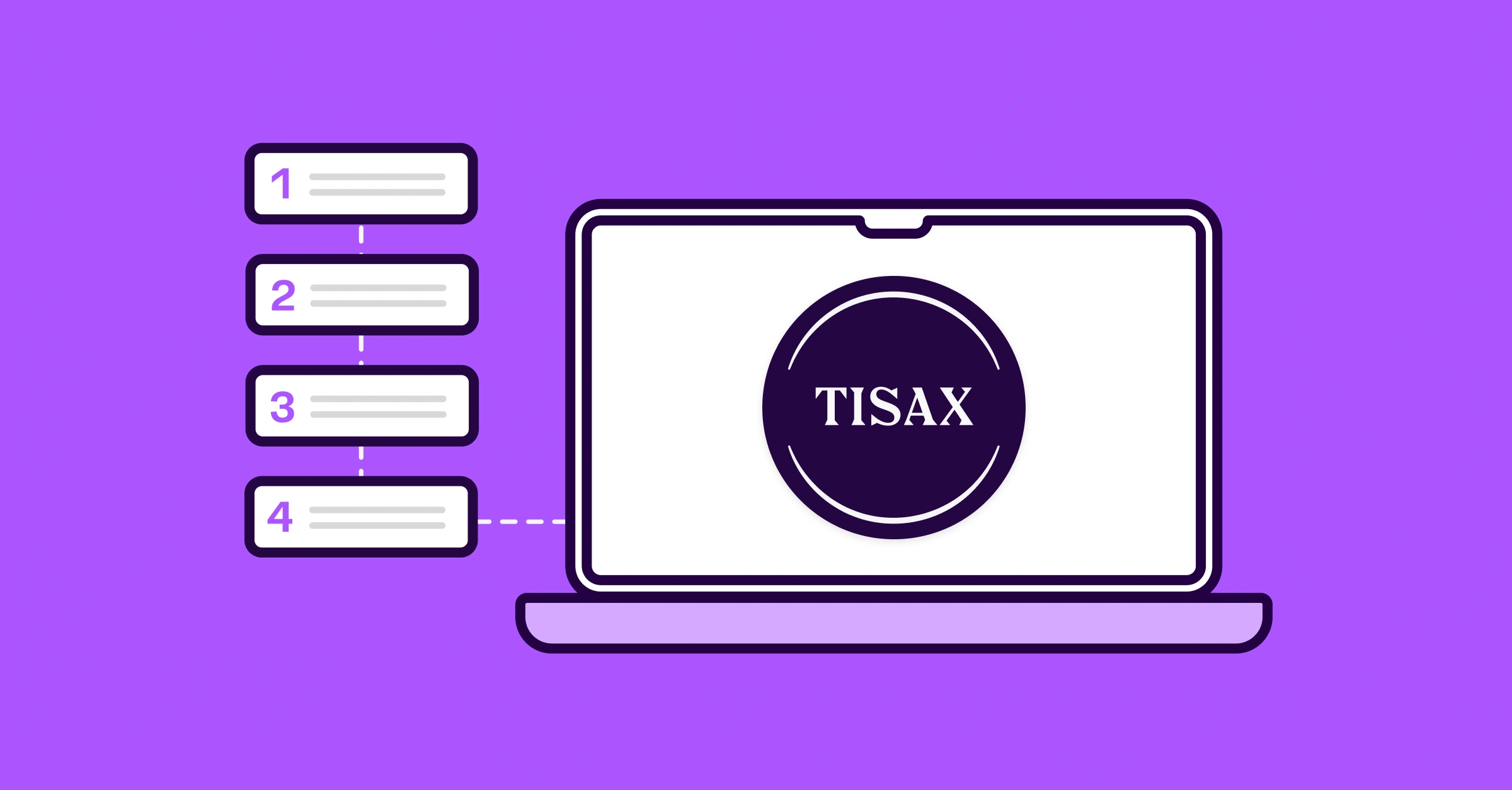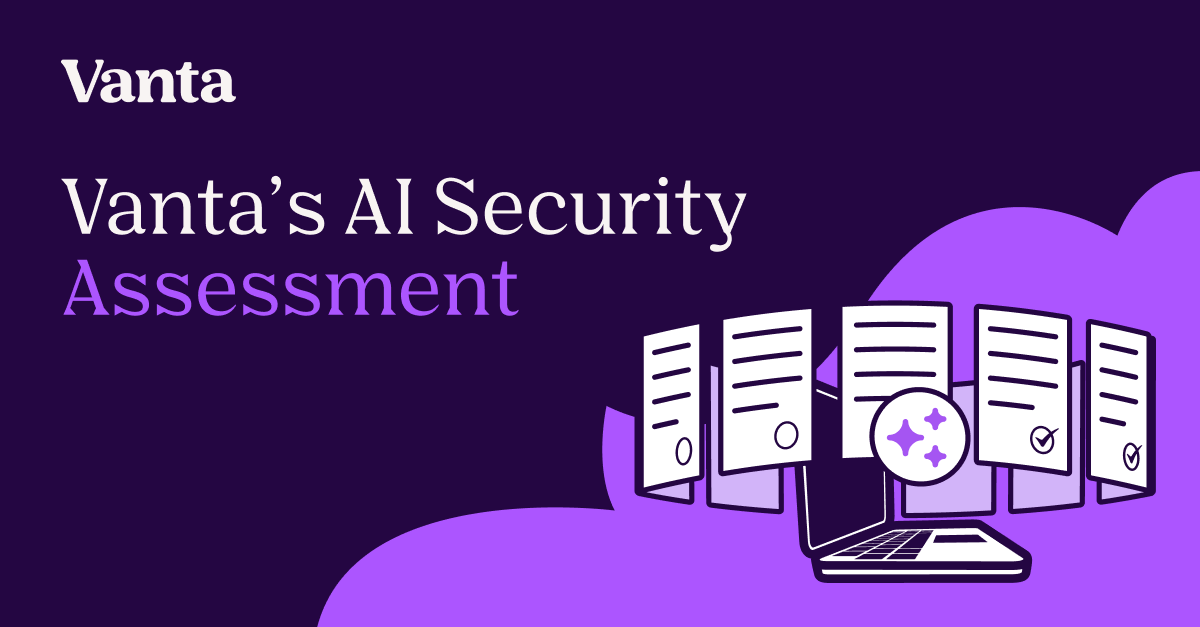Share this article

What is a virtual CISO (vCISO) and should you have one on your team?
Accelerating security solutions for small businesses Tagore offers strategic services to small businesses. | A partnership that can scale Tagore prioritized finding a managed compliance partner with an established product, dedicated support team, and rapid release rate. | Standing out from competitors Tagore's partnership with Vanta enhances its strategic focus and deepens client value, creating differentiation in a competitive market. |
Most people know what a chief information security officer (CISO) is and how they’re essential to improving an organization’s security posture. The problem is that many organizations have limited hiring resources and it makes little sense to appoint an in-house CISO without tangible ROI.
A virtual CISO or vCISO becomes an excellent solution for organizations that need to enhance their security framework within resource constraints. In this guide, you’ll learn how vCISOs help you scale your security programs and achieve growth in a more flexible setting. We’ll cover the following:
- The vCISO position and its responsibilities.
- Differences between a CISO and a vCISO.
- Practical benefits of working with a vCISO.
- Signs you might need to hire a vCISO.
- Steps to find the right professional.
What is a vCISO?
A vCISO is a senior-level cybersecurity expert you can hire remotely and on demand while enjoying the range of skills and expertise of a full-time/in-house CISO. You can pay for their services based on various compensation formats, such as part-time, hourly, contractual, or as-needed basis.
This makes vCISO a fitting option for small and mid-sized organizations that need access to a security expert but are mindful of their budget.
The key responsibility of a vCISO is to offer your cybersecurity team unbiased guidance on the best practices for improving your security program and cybersecurity governance. They provide independent advice on your current security strategies and work with your team to implement new technology and processes using an industry-standard approach.
What do the day-to-day responsibilities of a vCISO look like?
Hiring a vCISO lets you outsource critical cybersecurity functions to fill internal skill gaps. Their day-to-day duties depend on the project they’re hired for—here are some typical contractual responsibilities:
- Implementation of cybersecurity frameworks: If you’re looking to adopt an established cybersecurity framework like Cyber Essentials or the NIST Cybersecurity Framework, a vCISO will add clarity to your processes.
- Coordinating incident responses: A vCISO not only helps detect security risks and threats but also develops and executes response plans to manage sudden incidents.
- Advising the GRC team: A vCISO provides security insights and guidance to GRC teams implementing security policies and procedures. In some instances, they also train your in-house teams.
- Overseeing security reviews: A big part of a vCISO’s daily duties is performing internal security reviews or assessing the security posture of third parties like vendors or partners. The vCISO may recommend controls and checks to map for future audits.
- Liaising with other teams: A vCISO works with your IT, legal, finance, procurement, and other teams to address various risk management and mitigation concerns.
While a full-time CISO can also perform these tasks, there are notable differences between the two roles.
CISO vs. vCISO: What’s the difference?
The most apparent difference between a CISO and a vCISO is the employment status. The former is a full-time employee who works exclusively for your organization (unless their employment contract says otherwise). A vCISO, on the other hand, is an independent third-party service provider who often works with several organizations simultaneously.
Other key differences between a CISO and a vCISO are:
- Resource investment: Hiring a vCISO can be more cost-effective than employing someone for a full-time role, especially if you only need their services for one-off projects or specific needs.
- Availability: Unlike a CISO, a vCISO isn’t always one person—it can be an agency with an entire team of experts, which ensures better availability of services for your team.
- Onboarding complexity: Most vCISOs can be deployed instantly because they already have all the necessary skills and understand the nuances of different organizations’ security postures. A CISO, being a long-term position, often requires elaborate onboarding.
Benefits of working with a vCISO
The nature of a vCISO’s work and engagement unlocks various benefits for small and mid-sized organizations, outlined in the following table:
{{cta_simple10="/cta-blocks"}}
5 signs hiring a vCISO may be right for you
If you’re unsure whether you need a vCISO, see if the following scenarios apply to your organization:
- Your in-house security expertise is limited.
- You want to mature your security program.
- You wish to upgrade your IT security team on a budget.
- You need a more objective perspective of your security posture.
- You’re struggling with navigating your compliance landscape.
Let’s explore the specifics of each scenario below.
1. Your in-house security expertise is limited
Due to the complexities of cybersecurity, the demand for in-house CISOs is high today, so it may be difficult to access the right full-time talent at all times. A vCISO can be an excellent alternative in this case because they are often more available.
2. You want to mature your security program
Upleveling your security program takes a lot of strategic work as well as time and resource investments to safeguard more devices, applications, and data. It seems fair to hire someone with the technical and leadership skills to bridge the gap between your current and desired security program without extensive investments.
3. You wish to upgrade your IT security team on a budget
Many organizations hire a vCISO because they want their growing security team to upskill with the help of new ideas from an industry leader.
If this is your case, you may want to hire a vCISO on a more ongoing basis—your in-house team can observe their approach to governance, risk management, and business continuity and develop a more pro-security culture internally.
4. You need a more objective perspective of your security posture
Internal teams often get caught up in the way your policies and procedures are set up. Sometimes, this can lead to decision-making biases and resistance to newer industry best practices.
A vCISO can provide an objective outsider perspective on your cybersecurity posture, helping your team realize the overarching goal behind adopting relevant changes and trends.
5. You’re struggling with navigating your compliance landscape
Security compliance is no easy feat, especially for growing organizations that constantly have to meet new revenue goals. With numerous controls, policies, and procedures to set up, it’s easy for smaller teams to experience compliance overwhelm.
Experienced vCISOs are typically experts who have helped various organizations ensure full compliance. They can make a huge difference to your team workloads by organizing compliance workflows and recommending software solutions to automate repetitive tasks.
How to find the right vCISO for your needs
vCISO may have different specializations, and not everyone will be the right fit for your organization. To find the best-suited expert, follow these steps:
- Define the scope of work: Decide whether you need a vCISO for specific projects/tasks or general security work. Outline your desired services to find the right skill match.
- Pinpoint the desired technical or industry expertise: A vCISO might niche down to serve specific sectors. While browsing your options, you may want to look for someone with extensive expertise in your desired field.
- Explore industry-suitable hiring sources: You can find a vCISO through professional networks, consultancies, job boards, and other channels. Don’t hesitate to ask peers in your industry to see how they found their best-performing professionals.
- Conduct interviews with scenario-based assessments: Simulating the scenarios where a vCISO should be helpful is an excellent way to understand their approach to security and test their suitability for your team.
- Finalize engagement terms and onboarding: When you find your vCISO, finalize the terms of engagement through a written contract that outlines key areas like service expectations and compensation.
Leverage Vanta and its network of vCISO partners
Vanta is the leading trust management platform with an extensive network of over 8,000 customers and 2,500+ service partners. Visit the platform’s Find a Partner page to tap into its pool of vCISOs, MSSPs, and other security and compliance professionals. These professionals have been thoroughly vetted and can provide you with the highest-quality service.
You can also consider using Vanta’s various security, compliance, and risk management products to scale up your security program within resource constraints. The platform can help fill knowledge gaps in in-house teams with pre-built workflows, guides, templates, and other resources. You can request a demo to get insights into how Vanta can support your team.
Here are some of the key features that can help you fast-track your security workflows and expand your revenue streams:
- Automated risk assessments and security reviews
- Pre-built compliance frameworks for 20+ regulations and standards
- Automated evidence collection and control mapping
- 300+ integrations
If you’re a vCISO looking for revenue growth and client expansion, become a Vanta partner. Partnering with Vanta can help you improve your operational efficiency, set you apart from the competition, and keep your clients coming back.
{{cta_simple9="/cta-blocks"}}





FEATURED VANTA RESOURCE
The ultimate guide to scaling your compliance program
Learn how to scale, manage, and optimize alongside your business goals.



















.png)


.png)


.svg)
.svg)
.png)
.png)
.png)